The VoC program became the backbone of CXM for many years, however, its limitations led many CX practitioners to question its use and effectiveness. The problem lies in the way that businesses began to solely rely on the one number produced by their VoC program, whether NPS or CSAT scores. Tracking the movement of this one number up and down, in total isolation from other business metrics meant time and energy were focused in the wrong places.
An effective CXM program should utilize the VoC survey and resulting score as one tool in their wider CX toolbox. Businesses need to develop a CX strategy that encompasses every area of their business and leverages many different data sources, which when used in combination will provide a far better outcome.
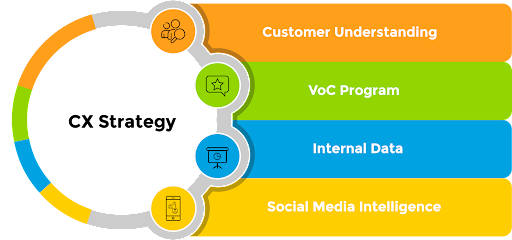 CXM Practitioners Toolbox
CXM Practitioners Toolbox
Internal data
- You already hold some of your most powerful information, however, many businesses struggle with what to do with it all. At a minimum, you should be integrating your CRM data with your VoC system and the most advanced companies are now using predictive analytics on their internal data to predict customer satisfaction and loyalty and identify opportunities to enhance the customer experience in real-time.
- Have you mined your internal data for service failures? By analyzing this data you can already target areas for improvement, a few examples are:
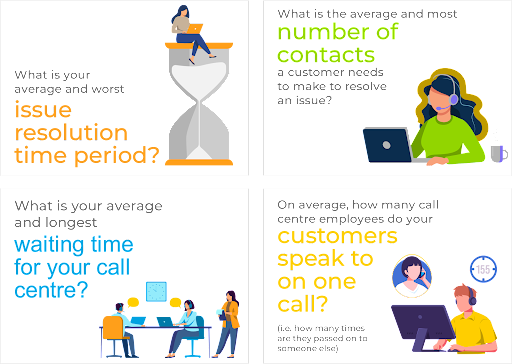
Outcome
At a minimum to track the ROI of your CXM efforts, to identify internal bottlenecks and system issues, and for more advanced outcomes to predict customer satisfaction and loyalty and identify opportunities to enhance the customer experience in real-time.
VoC program
- At an absolute minimum, your program should be collecting data from all customers in real-time and providing a closed-loop system for immediate rectification of any red flag issues.
- You need an open-end verbatim question to understand the WHY behind issues, not a pre-coded list – this customer verbatim is gold dust for frontline employees to UNDERSTAND customers and their issues.
- Data should also be available to ALL employees via a dashboard system – giving them transparency and control over their scores. Manually created reports should be saved for quarterly or even half-yearly deep dives into the data, integrating other data sources as well for holistic understanding and roadmap planning.
Outcome
Understand the WHY behind your customer service failures, and the HOW to fix them. Leverage learnings from your satisfied customers to drive best practice service standards. The act of ASKING customers for their feedback is a relationship management tool in itself.
Customer understanding
- Identifying current issues via your internal data and VoC will help pinpoint where there are problems, but to innovate for the future you need to understand who your different customer groups are and their needs and motivations; as well as conducting customer journey mapping exercises for key customer groups.
- Great customer experiences are based on CONNECTING with your customers, and to do this your employees need to UNDERSTAND your customers. Building personas can create materials that can be used to train your frontline employees, can be integrated with sales tools that your sales teams use, and used by product and technology design teams as part of the design process.
- Before designing future experiences, you need to understand what your current customer journey looks like and what the pain points and delight aspects are. The most advanced companies are moving away from siloed teams based around channels (e.g. branch, call center, digital, etc.) to implementing cross-functional teams that are responsible for a whole customer journey, including designing and delivering the customer experience across all stages of this.
Outcome
To help your employees understand your different customer groups so that they can fully empathize with them. As well as to develop future innovations and ideal experiences for your customers.
Social media intelligence
- As with internal data, social media is an untapped resource of consumer insight and customer experience understanding. A successful social media intelligence program will help you understand trends in your industry, identify best practices from your competitors, be used as a deep dive tool to better understand issues that you are seeing come out of your VoC program, or as an ongoing measurement tool, to enhance the data you are receiving via your VoC.
Outcome
To develop future experiences based on emerging trends, leverage any weaknesses that your competitors are having, or identify best practice opportunities for the growth and improvement of your business.
It may seem an overwhelming task to start, but there are easy steps to take to get you where you need to be. The first is a CX Audit to identify what your program is currently delivering, where are the gaps, where can best practice examples help you to fill these gaps, and what you should look to include in a CX Strategy.
Contact us today to hear how 4SiGHT CX can help get you on track.
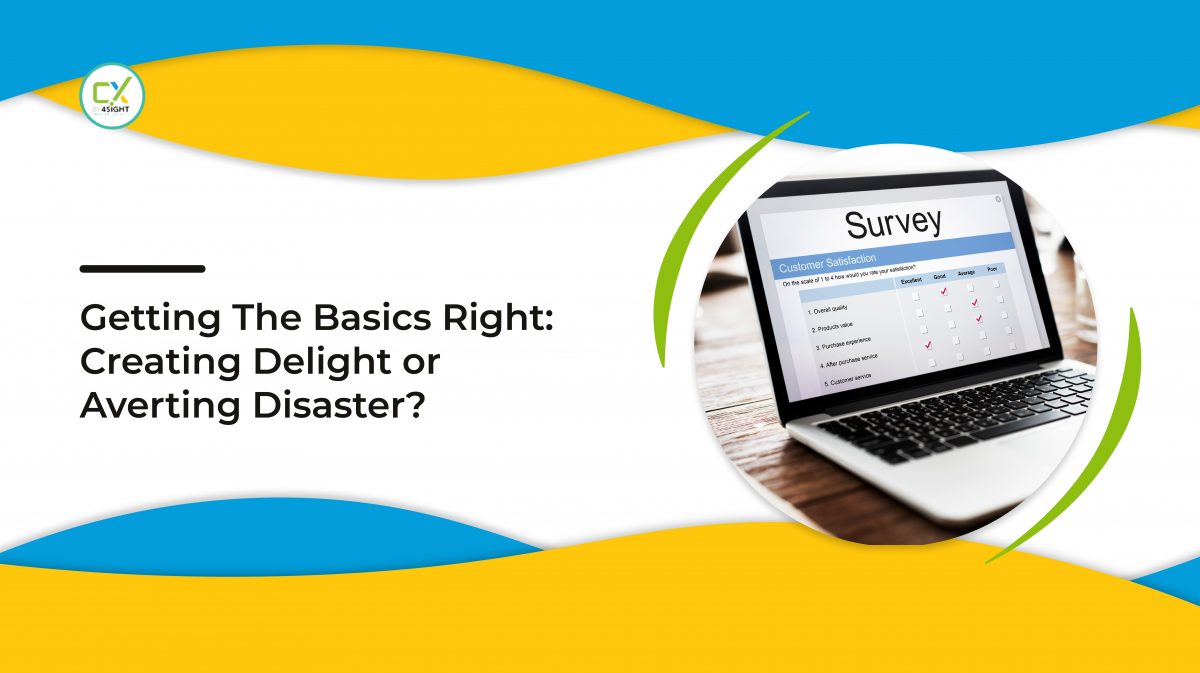
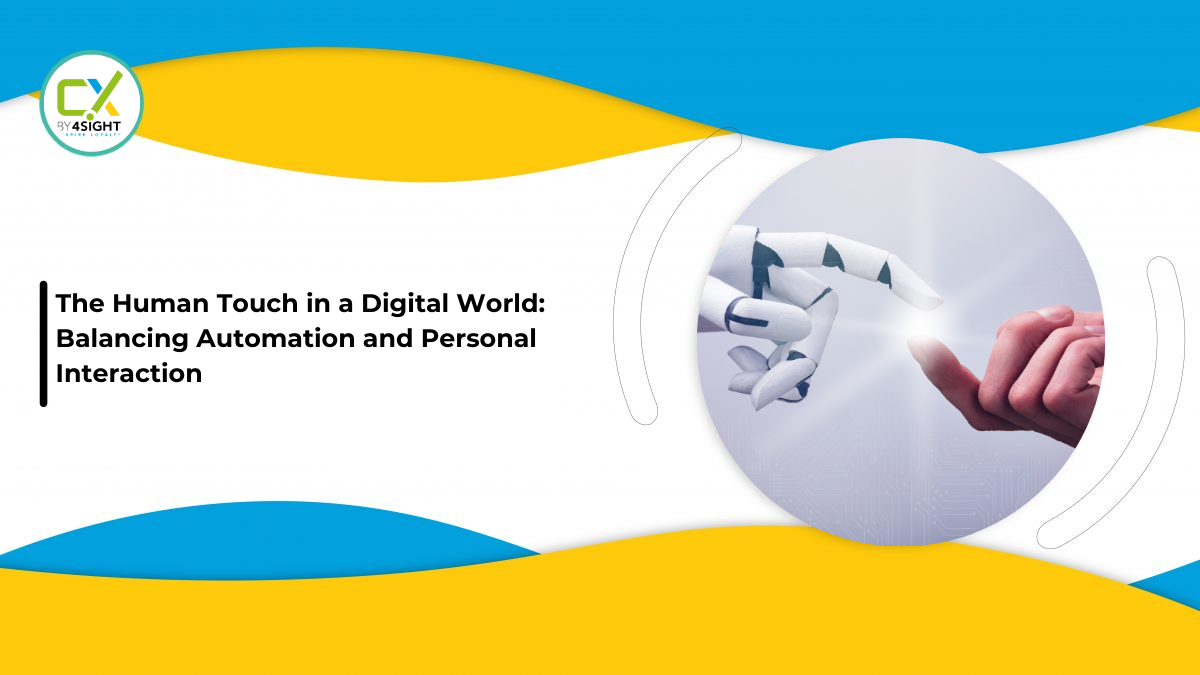
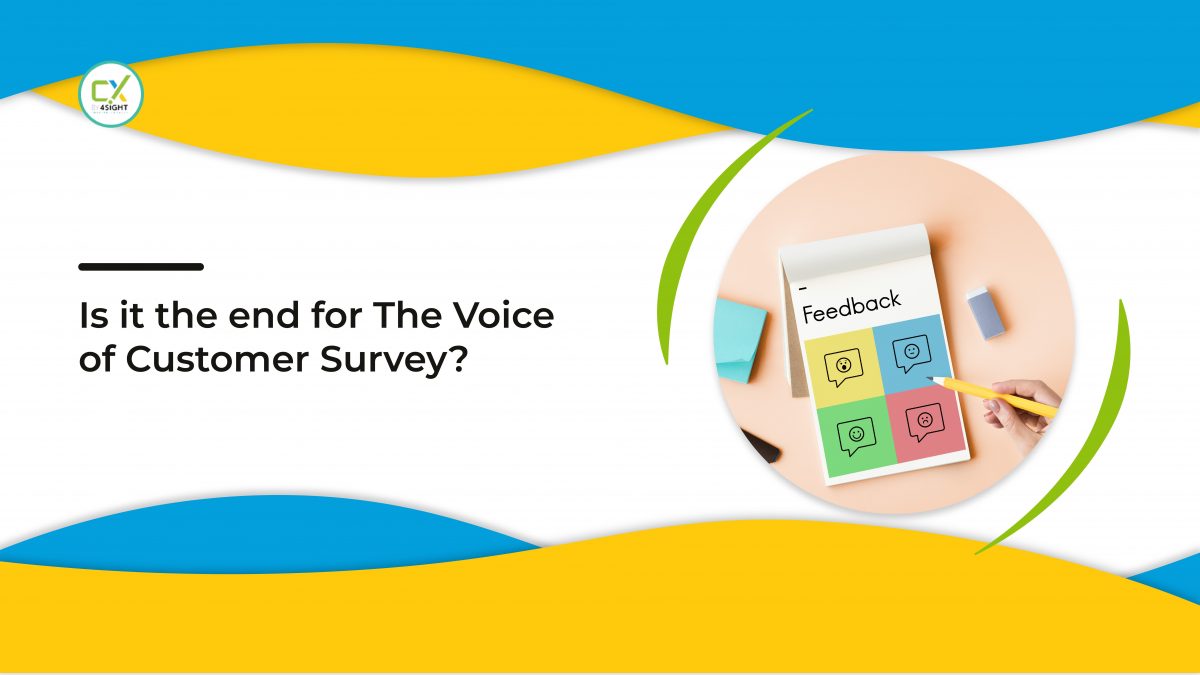
 CXM Practitioners Toolbox
CXM Practitioners Toolbox
Leave A Comment